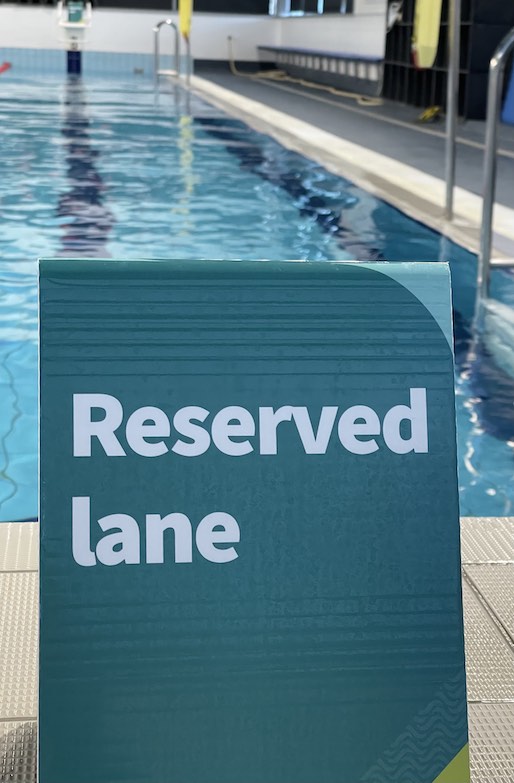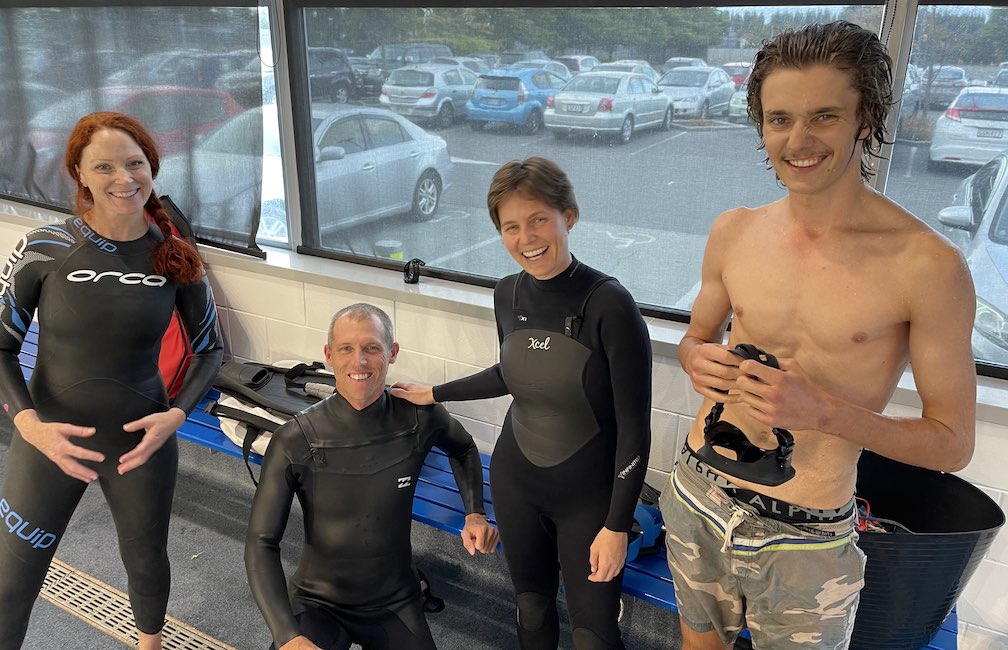News
Club update
19 September 2021
Alot has been happening behind the scenes at the club recently. Thanks to the tireless efforts of our club president we are now AIDA affiliated through Freediving New Zealand. This provides numerous benefits to our members including being able to compete in AIDA competitions and being eligible for national records.
The club now also has approval from the council to train static apnea in the pools and subject to demand and lane availability we will be running a weekly session focused on statics. This adds another dimension to our training sessions and particularly useful for those wishing to enter competitions or focus on their relaxation technique.
Training update
Now that we are back down to Alert Level 2 we are back to our regulary weekly training at Graham Condon Pool on Mondays from 6:30pm and Wednesdays from 7:30pm. Make sure to join our facebook page to keep up to date with the latest information. We will also be running our next club induction on Monday 27th September from 6:00pm. If you wish to attend please register your interest by completing the induction form and we will be in touch.
Equipment for pool freediving
27 April 2021
Freediving is not an equipment-heavy sport, especially in the pool, but there a few things you need. In this post, I'll try and cover the minimum you need, using equipment you might have handy from other sports, and also some things to consider if you're looking to upgrade. I won't mention any particular brands/models though, there's plenty of reviews around and I think at that level of detail, what is best is very personal.
Mask or goggles
You need something to keep the water out of your eyes and nose. If you're starting out, a diving mask is fine. Any old mask will do, it doesn't have to be low volume (i.e., a freediving mask) because you don't need to equalise it.
The alternative (and better option for most people) is to use swimming goggles. There is an incredible variety of goggles around, so you should be able to find a pair which are comfortable and work well (i.e., keep the water out) for your face shape. If you use goggles, then you also need to use a nose clip. Most divers will use a freediving nose clip because they grip really well and are comfortable. You can use a little swimming nose clip, but they tend to not have such a good grip, so it's easier to sniff a bit of water when you get a strong contraction, but if you have one that works well for you, there's no need to buy one just for freediving.
Fins
For dynamics and when safetying, you need fins. Any fins you have are good to start. For depth or competition, you'll probably wear freediving-specific fins, so you'll want to do most of your training in those. Freediving fins are usually long and soft (if you get a stiffness option, you probably want the softest there is for pool work, unless you are huge). Shorter fins seem to be coming in to fashion for pool competition - I'm not sure of the pros and cons to be honest. Some folk like to do some training in short (swimming) fins, it makes training a bit harder and it's good for your technique.
Fins can be made of plastic, fibreglass, or carbon fibre (in increasing order of cost and quality). If you can afford it, getting a pair of fibreglass fins rather than plastic makes a big difference. The difference between carbon and fibre is not so big.
Try on various fins to get a really comfortable, good-fitting foot pocket. For the pool, you don't want to have to wear socks (though it is fine if you want one pair of fins for the pool and ocean).
If you'll use the fins in the ocean too, bare in mind that you'll want stiffer fins for depth and that carbon blades are super-fragile.
A monofin is another possibility - it's the fastest, most efficient way to swim and lots of fun.
Wetsuit
To start, any wetsuit is fine. In fact you don't need a wetsuit, you can do dynamics in togs, though you might get a bit cold.
A good wetsuit will keep you warm, but dynamics training is a pretty high activity level and swimming pools are pretty warm compared to the ocean, so you don't need to be too warm. A good fit and stretchy material will help keep you warm and improve your streamlining (easier to stretch your arms, less likely to fill up with water and balloon up), which means less water resistance and thus longer swims. The best kind of wetsuit is either a swimming wetsuit or a warm water freediving suit (2mm or 3mm).
For statics, you aren't moving around so much so you will get colder, which means you need a thicker suit. A 5mm freediving suit is ideal. A good fit is important, a wetsuit which is too tight or letting in water, then it makes statics a lot less fun.
Weights
Buoyancy is critical for dynamics, especially no-fins. Not only do you need to be neutrally buoyant, but you need to have neutral trim, i.e., you need to float flat. If your buoyancy isn't perfect, then you'll be burning O2 to keep yourself in position and ruining your streamline by being at an angle.
To start you just need enough weight to offset the buoyancy of your suit, either on your waist or neck. If you're taking things more seriously, you'll want to tweak the neck and waist weights to get perfect buoyancy.
You need to make a neck weight, but it's not difficult. Most clubs have a bucket of them you can borrow from to start off. For a weight belt, get a stretchy rubber belt, it's much more comfy and it means the weights won't move around when you swim. Get small weights so you can adjust by small amounts, not by multiple kilos.
Our first training session
16 February 2021

On Monday this week, we had our first ever training session! We ran a 'sort-of' induction for three new members - due to covid level 2 we couldn't practice any rescues, etc. We covered some theory and practiced dynamics, and we'll hopefully do the rescues next week so they can fully participate. We also managed some regular training, and I got my monofin on for the first time in months (maybe a year?).
We'll be training every Monday from 6:30 at Graham Condon. If you want to join us, we'll be running inductions each month, sign up on the start page.

New website released
19 December 2020
We created a new website; you are reading it!
You can find some information on freediving, joining the club, and training. You can download a bunch of essential docs from the resources page, and there are all the forms you might need too.
It should mostly look good on mobile, except for the menu at the top which is a bit of a mess for now. If there is anything you're looking for and can't find, or something which doesn't look right, let us know via the contact page.